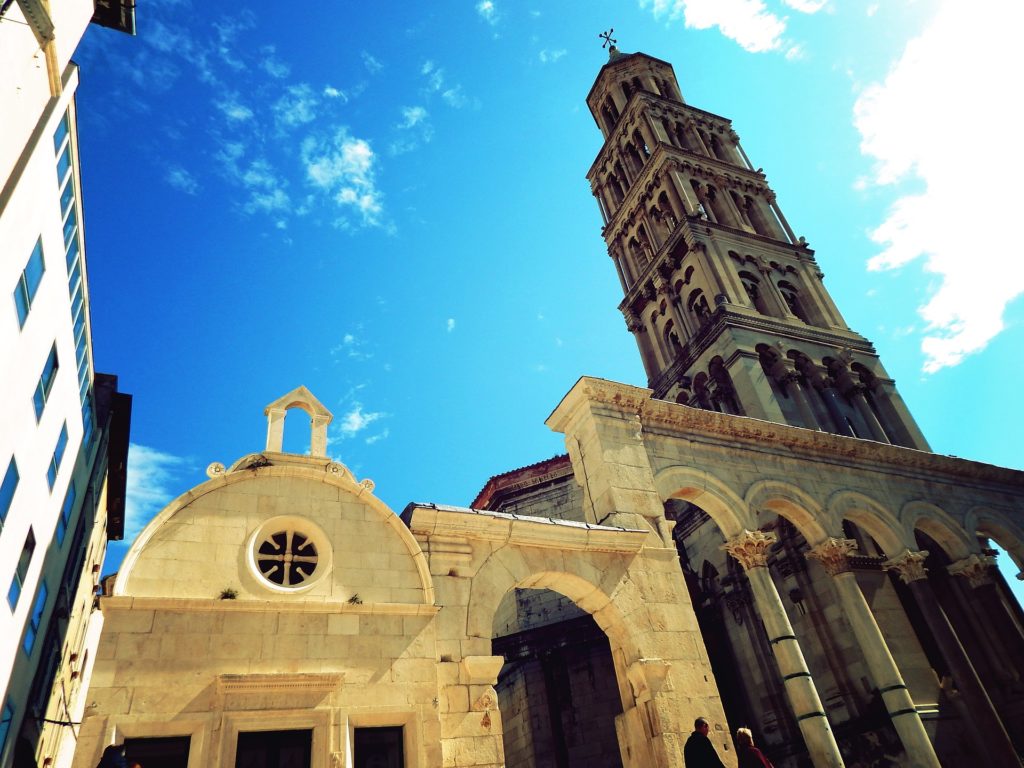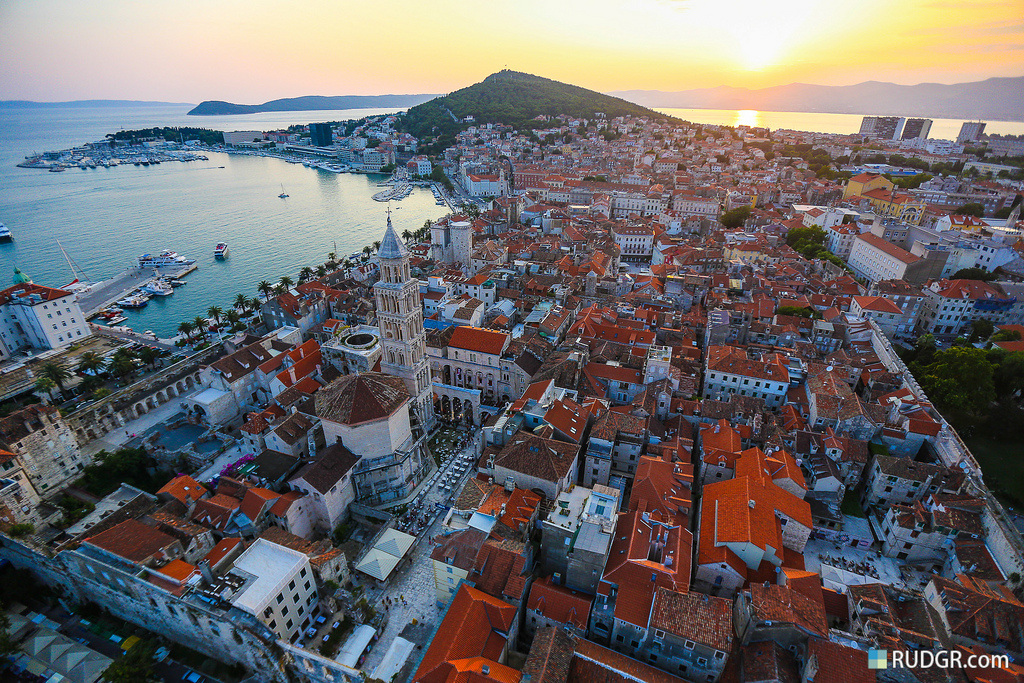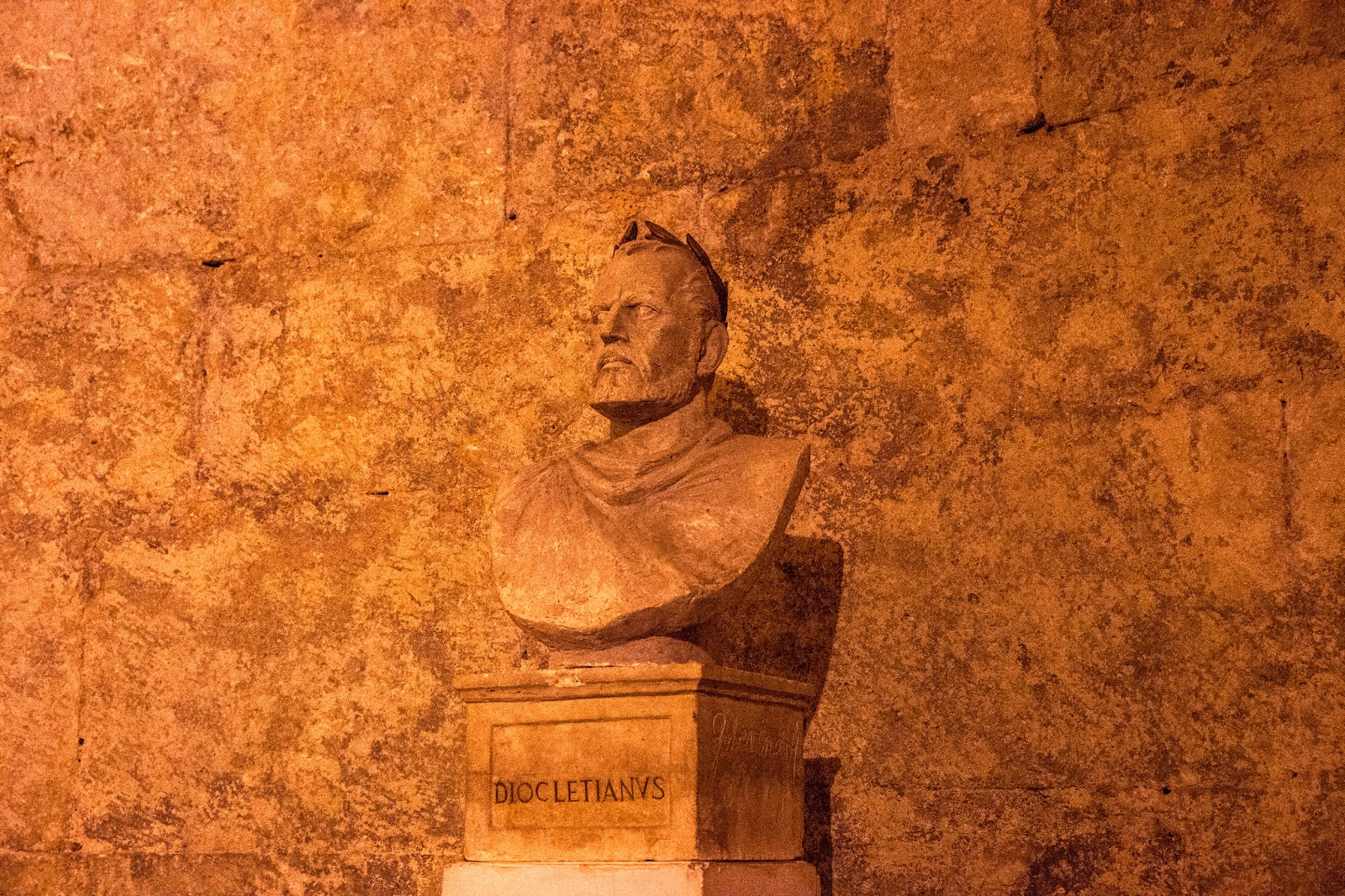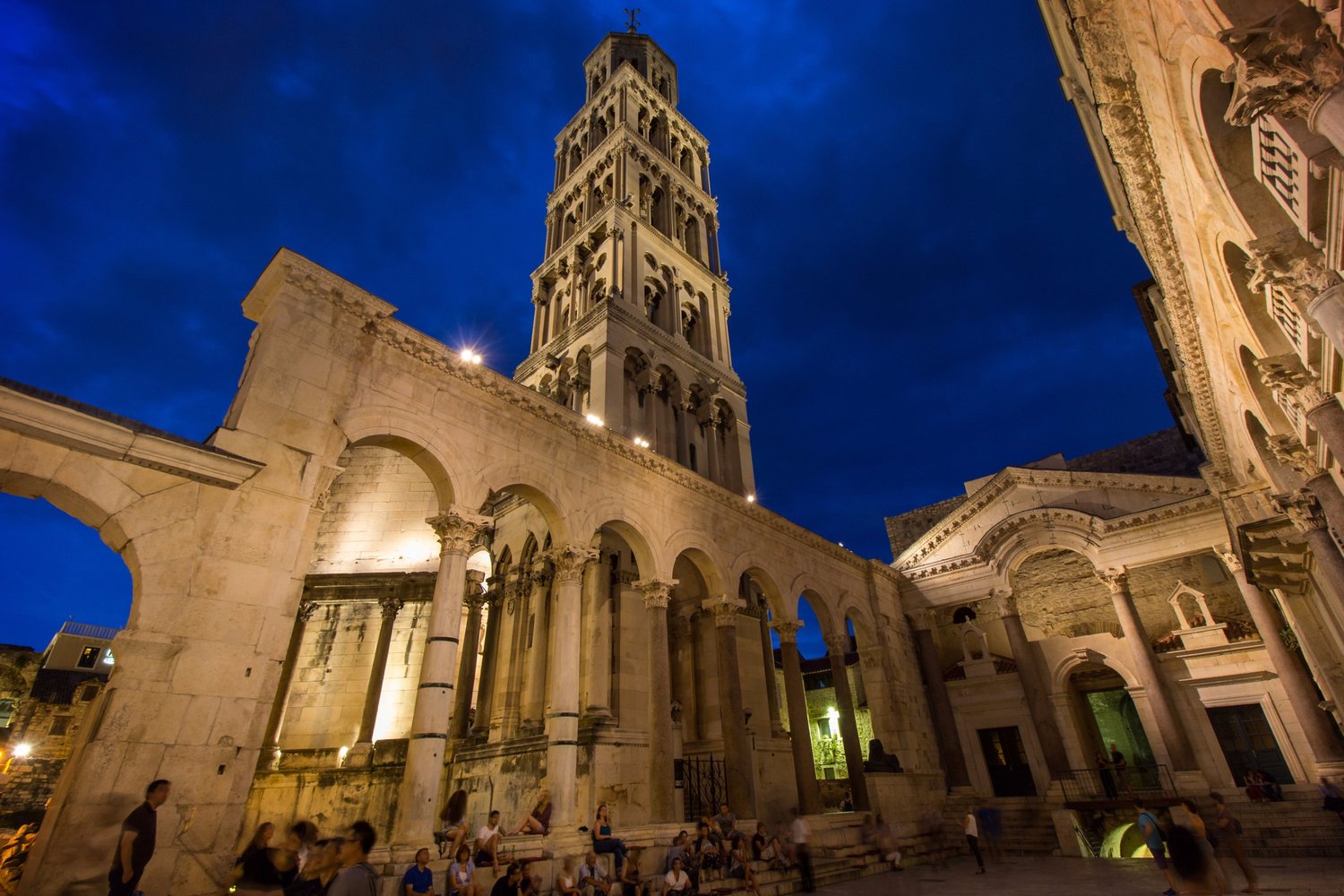Greetings
adventurers!
Like it was
promised last week, we continue our journey thorugh Croatia’s UNESCO sites.
Today, we are visiting a special place with ancient roots, great architecture
and a historical figure who inhabited it.
You probably
guessed, we’re going to Split, into Diocletian’s palace. When you say the word
palace, you probably think of a museum-like area exploited as a attraction? You
couldn’t be more wrong because Diocletian’s palace is anything but that.
Living heart of
the city, it is still inhabited by locals and packed with shops, restaurants
and bars. Labyrinth streets full of people who wander the remains of ancient
palace, built for one of the most important Roman emperors Diocletian.
Let’s take a walk
thorugh the history to get you started, shall we? Diocletian was a Roman
emperor from 284 AD to 305 AD. He was ( allegedly ) born in a low status family
from Dalmatia area in 244 AD and, as many young men, he joined the Roman
military. Being talented, he quickly rose through the ranks and became cavalry
commander for current emperor Carus, which allowed him to befriend many
powerful people in the empire. This meant that he had a certain amount of power
accumulated during his service. After Carus died in 283 AD, Diocletian was
proclaimed emperor ( due to that power and fame ), although Carus had one
living son Carinus. Carinus himself claimed the title as well, which meant
that the battle between the two was inevitable and indeed, it ocurred in 285
AD. Known as Battle of the Margus ( Margus river, today Great Moravia in Serbia
), it was an event that ended instability of the Roman empire known as Crisis
of the third century. Carinus led considerably larger force, but their loaylty
was questionable and he ended up being killed by one of his own men. This left
Diocletian in control of the entire Roman empire and the only emperor. He
pardoned all supporters of Carinus to establish much needed internal peace,
which made him even more popular among the people.
Sounds like a
smart guy, right? It gets better.
One of the first
things he did was to appoint a co-emperor, his fellow officer Maximian, in 286
AD. He deeply believed that such a vast empire couldn’t be handled by one man,
being attacked and troubled on many fronts ( war or politics ). This proved a
popular and smart move, so much that in 293 he appointed two more for
co-emperors, forming the famous tetrarchy or rule of four. Each emperor ruled
a quarter of the empire. This enabled great success on military fronts over a 6
year period ( 293 299 AD ), defeating most of the enemies and strenghtening the
borders of the empire. He separated and enlarged the empire’s civil and
military services and reorganized the empire’s provincial divisions,
establishing the largest and most bureaucratic government in the history of the
empire. He established new administrative centers closer to the empire’s
frontiers than the traditional capital at Rome. Building on third century
trends towards absolutism, he styled himself an autocrat, elevating himself
above the empire’s masses with imposing forms of court ceremonies and
architecture. Bureaucratic and military growth, constant campaigning, and
construction projects increased the state’s expenditures and necessitated a
comprehensive tax reform. From at least 297 on, imperial taxation was
standardized, made more equitable, and levied at generally higher rates.
Diocletian stabilized the empire in a very short period,
both economically and militarily, enabling the empire to remain essentially
intact for another 150 years despite being near the brink of collapse in
Diocletian’s youth. Weakened by illness, Diocletian left the imperial office in
305 AD, and became the first Roman emperor to abdicate the position
voluntarily. He lived his days in his private palace, tending to gardening and
vegetables. What a guy, huh?
And this gets us to the famous palace. The palace was built
at the turn of the 4th century AD and it lies in a bay on the south
side of a short peninsula running out from the Dalmatian coast, four miles from
Salona, capital of the Roman province of Dalmatia.
Although it is referred to as palace, because it was
intended to be a retirement home, the structure is massive and is more similar
to a Roman fortress. Half of the palace was actually for Diocletians personal
use, while the other half was used by the military and housed a garrison. It is
divided into four parts by two main streets ( Cargo and Decumanus ) which are
present and in use even today. Southern part of the Palace was intended for the
Emperor’s apartment and appropriate governmental and religious ceremonies,
while the northern part was for the military, servants, storage etc. The Palace
is an irregular rectangle (approximately 160 meters x 190 meters) with four
large towers at the corners, gates on each of the four sides and four small
towers on the walls. Each gate was named after a metal: the Golden Gate
(north), Bronze Gate (south), Silver Gate (east) and Iron Gate (west). The
lower part of the walls has no openings, while the upper floor is open with a
monumental porch on the south and halls with grand arch windows on the other
three sides. Only the southern facade, which rose directly from, or very near
to, the sea, was unfortified. The building could easily house up to 9000 people
at the time. A monumental court, called the Peristyle, formed the northern
access to the imperial apartments. It also gave access to Diocletian’s
mausoleum on the east (now Cathedral of St. Dominus), and to three temples on
the west (two of which are now lost, the third having become a baptistery,
originally being the temple of Jupiter). There is a temple just to the west of
the Peristyle called The Temple of the Aesculapius, which has a semi
cylindrical roof made out of hand carved stone blocks which did not leak until
the 1940s, and was then covered with a lead roof. The temple was restored
recently.
The Palace is built of white local limestone and marble of
high quality, most of which was from marble quarries on the island of Brac, or tuff
taken from the nearby river beds. Some material for decoration was imported: Egyptian
granite columns, fine marble and some capitols. The Palace was decorated with
numerous 3500-year-old granite sphinxes, originating from the site of Egyptian
Pharaoh Thutmose III. Only three have survived the centuries. One is still on
the Peristyle, the second sits headless in front of Jupiter’s temple, and a
third is in the city museum. So while you wander the palace, be aware that
there is a 3500-year-old sphinx right beside you, standing the test of time and
witnessing the legacy of Diocletian.
Nowadays, there are 220 buildings within the palace boundaries,
home to about 3000 people. The narrow streets hide passageways and courtyards,
some deserted and eerie, others thumping with music from bars and cafes, while
the local residents hang out their washing overhead, kids play football amid
the ancient walls, and grannies sit in their windows watching the action below.
Famous TV show, Game of Thrones, was filmed on several locations in the palace,
raising its popularity even more.
Diocletian’s Palace far transcends local importance because
of its degree of preservation. The Palace is one of the most famous and
complete architectural and cultural features on the Croatian Adriatic coast. As
the world’s most complete remains of a Roman palace, it holds an outstanding
place in Mediterranean, European and world heritage. It is, with all the most
important historical buildings, the beating heart of the city of Split.
We suggest to visit Marjan hill while in Split and enjoy this small paradise for activities.
Until next time, stay active!






